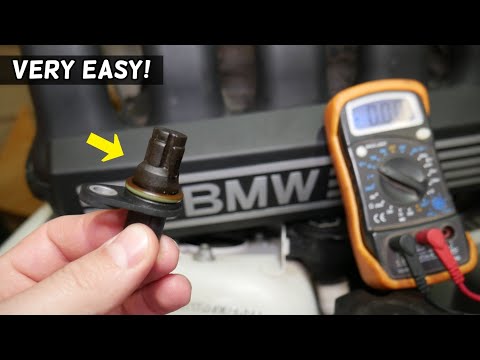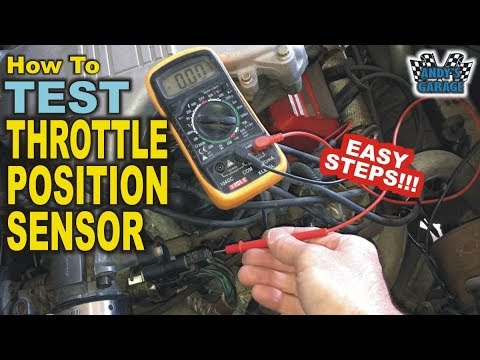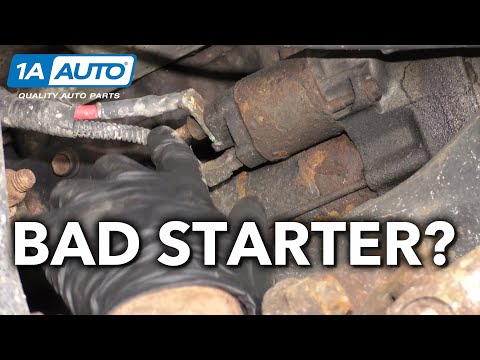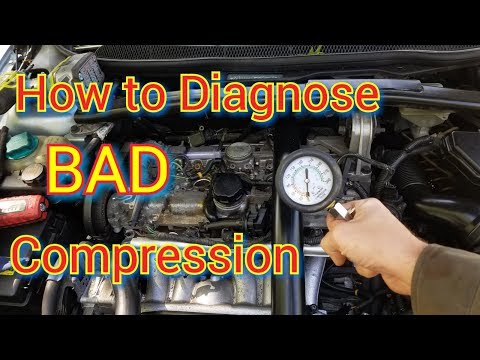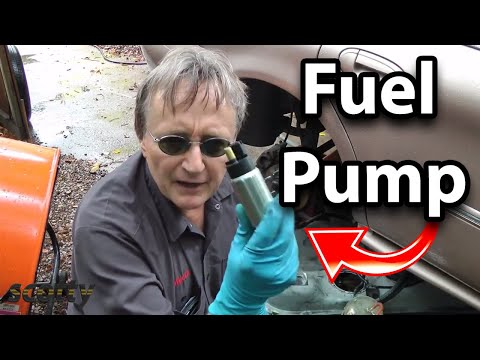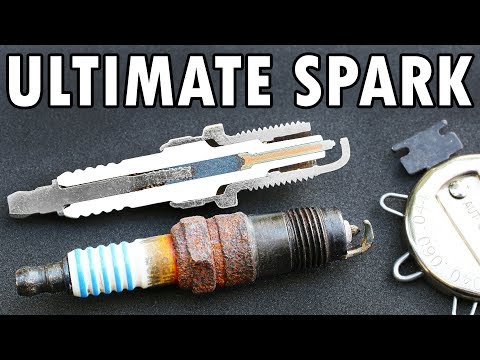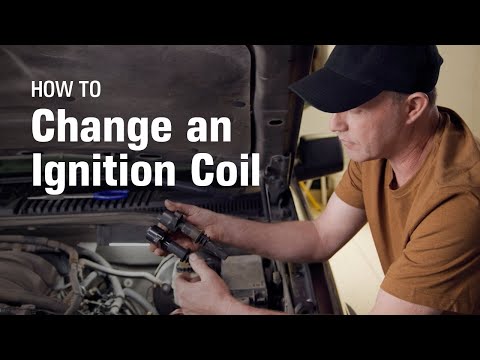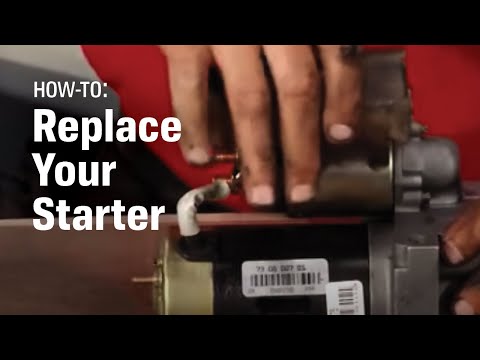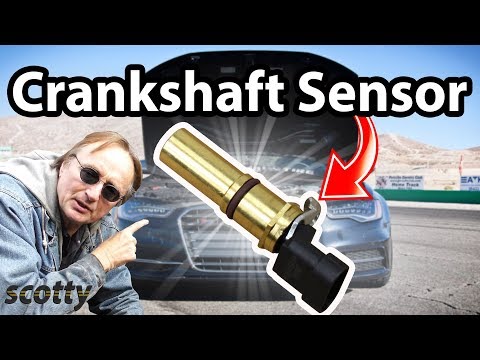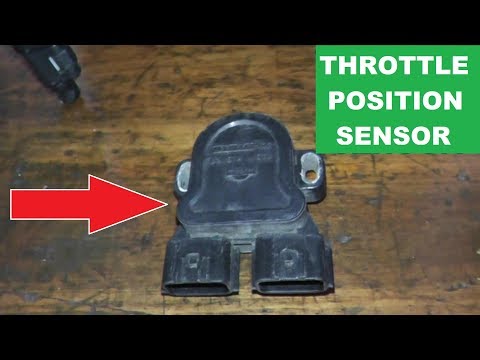
If you turn the key and your engine doesn’t turn over in two to three seconds the car is trying to tell you there’s something wrong. You might be able to keep cranking and eventually, the car starts. Though whatever the problem is will likely get worse, and if you ignore extended cranking long enough it could even leave you stranded one day.
To find out why your car is cranking too long before starting, we’ll have to take a tour through some of the more common causes, and what you might need to do to fix them. Hopefully, you can catch a problem in the minor early stages before it turns into a major repair bill.
How Long Should a Car Crank Before Starting?
In a well-functioning engine, the car should only need to crank for two to three seconds before starting. Though a car that’s been parked overnight in extremely cold weather might need to crank for 5 seconds before the engine turns over. If your car engine cranks longer than five seconds before it starts, there’s like a fault in the fuel system or ignition system, and you need to be careful.
When you start cranking the engine for more than 10 to 15 seconds you run the risk of overheating the starter motor and draining the battery.
6 Factors Contributing to a Car’s Extended Cranking Time
Several factors can contribute to a car cranking for too long before the engine starts and runs on its own. Though the most common are usually related to a problem in the fuel system, a spark issue, or a problem with the car’s ignition system.
Sometimes a compression issue or a failing sensor can affect the engine’s ability to fire and maintain vigorous internal combustion throughout a full rotation of the engine.
From weak batteries to faulty ignition systems, here are six culprits behind your car’s extended cranking time before it starts the engine.
1. A Fuel System Problem
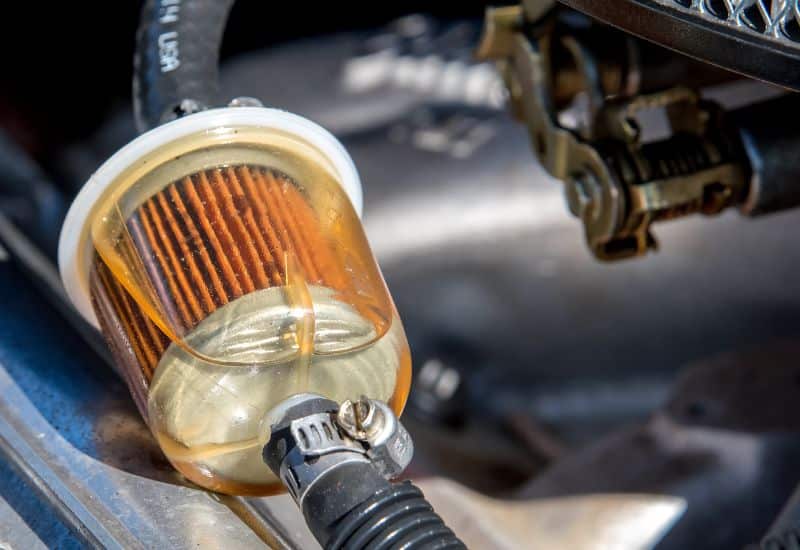
Gas gets from your fuel tank to the cylinders by flowing through the fuel filter, where the fuel pump pressurizes it and sends it to the fuel lines to the engine’s fuel rail. Anytime there’s an interruption in the fuel line performance it can lead to longer cranking time, and will likely affect the performance of the engine when you’re idling or accelerating.
If your car’s fuel filter hasn’t been replaced in the last 30,000 miles, it might be clogged to the point that low fuel delivery is making it hard for the engine to turn over. A badly clogged fuel filter can also strain the fuel pump causing it to fail. If you keep driving a car with a bad fuel pump, it will eventually give out leaving you completely stranded at a random time, not of your choosing.
Clogged fuel injectors can also cause an imbalance in the fuel/air mixture in the cylinders. This can cause the car to crank for a long time until the ECU finally gets the conditions correct, and the engine fires up. Though this will also cause a rough idle, and a good chance of the engine misfiring within a few seconds after starting.
2. A Problem With Spark Delivery
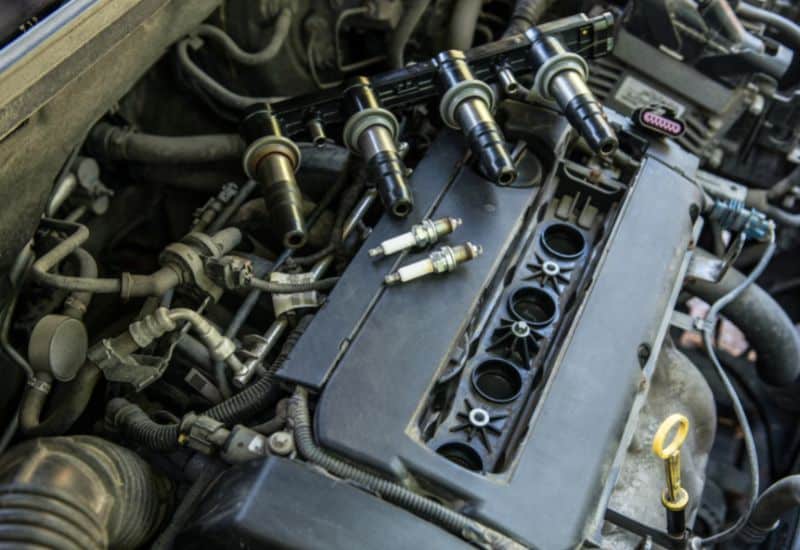
Gasoline internal combustion engines deliver a small electrical spark via a series of ignition coils to spark plugs that ignite the fuel/air mixture in the cylinders. If there is a problem with an ignition coil or a bad spark plug there won’t be a vigorous enough spark in one or more cylinders to keep the engine cycling all the way to complete ignition.
As you keep cranking the ECU attempts to compensate for the problem, and eventually gets it right, or the engine manages to turn over without the total number of cylinders firing in the proper sequence. Though when the engine does finally start you’ll likely be dealing with a rough idle, and a high chance of it misfiring when you step down hard on the accelerator.
3. A Sensor Problem
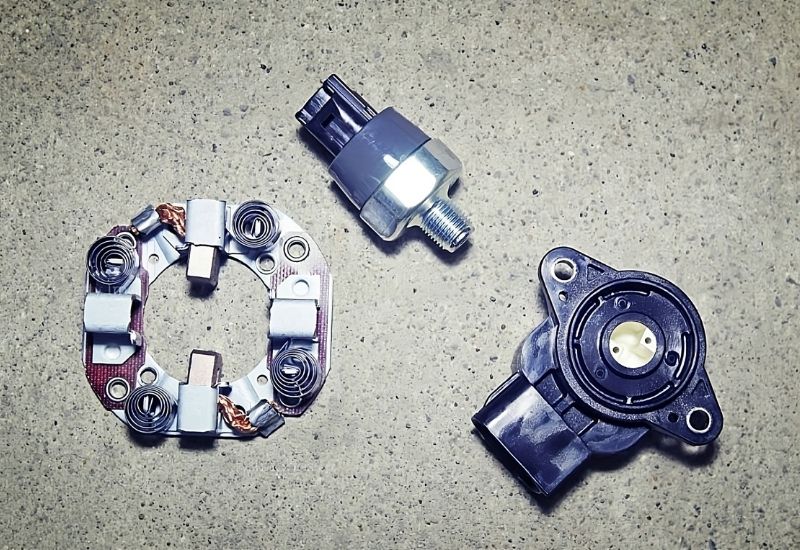
Your car’s engine is festooned with different sensors that help the ECU adjust the timing and airflow for optimized internal combustion. If one of them, like the crankshaft position sensor, or the throttle body position sensor is failing it can cause the car to crank for too long. Eventually, the relationship between the spark, and the motion of the pistons in the cylinders synch up and the engine turns over.
Though when the finally does start it will usually have a rough idle. It might even stall when you put it into gear to set out. Both these sensors need to work in tandem with the ECU for the engine to cycle with the right timing and ensure the correct fuel/air ratio.
4. A Bad Starter Motor
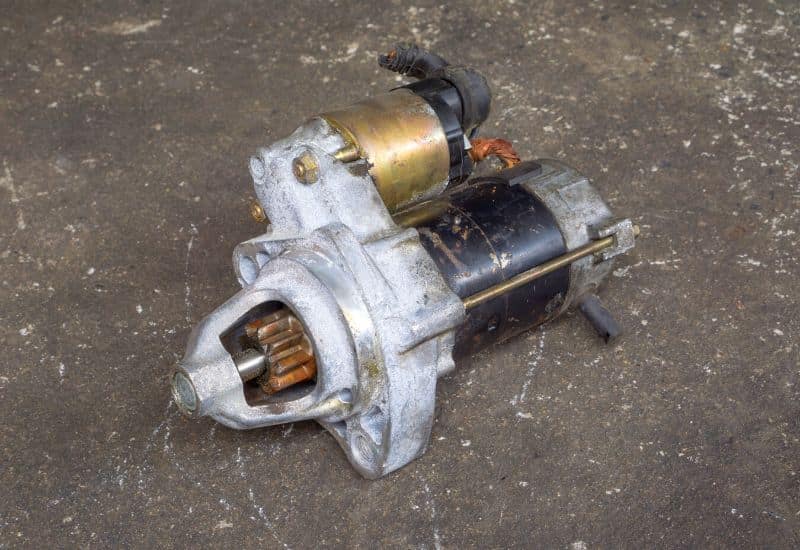
A problem with your starter motor’s Bendix gear can lead to increasingly long crank times. This is a tiny gear that rotates the flywheel during the ignition sequence until the internal combustion cycle in the cylinders takes over cycling the pistons in time.
Often the teeth on the gear get worn down and it skips while trying to make full contact with the flywheel. It might also be that one or two teeth on the Bendix gear are fractured and can’t make proper contact with the flywheel.
5. An Electrical Problem with the Battery or the Alternator

Battery and/or alternator problems are a very common reason why a car is cranking for too long before the engine turns over. When the battery can’t deliver sufficient spark to the ignition coils and spark plugs the fuel/air mixture can’t ignite properly. Eventually with persistence enough cylinders fire to cycle the engine and it starts. Though just how long it will run with a bad battery or failing alternator depends.
The longer than normal cranking time could be because of corrosion on the terminals, or low internal electrolyte levels within the battery itself. This would also show up as dim headlamps and internal lights.
Though a lot of times when the battery’s charge is low, the culprit is the alternator. In a properly functioning car, the alternator should be vigorously charging the battery, allowing it to stay at the 12.5 Volt range needed to crank the engine and feed the spark plugs. If the battery’s charge level is low, and it’s in good working order, then chances are good that you have an alternator problem.
6. A Compression Problem
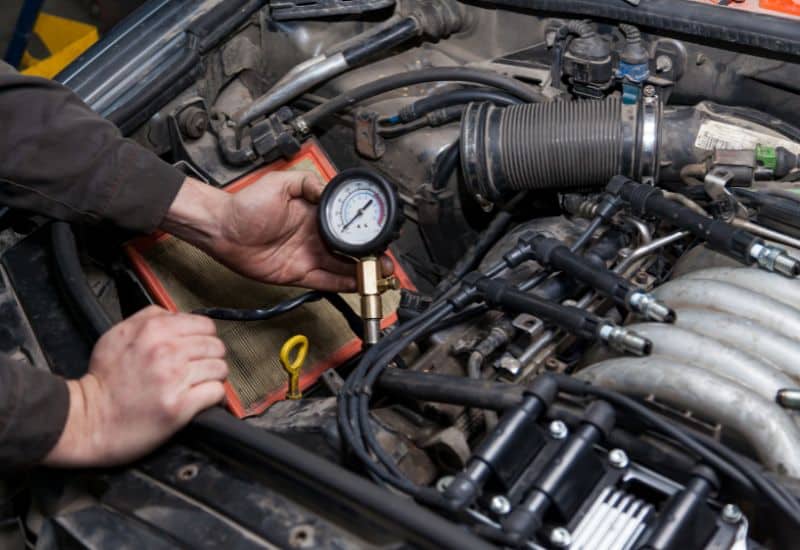
The cycle of an internal combustion engine also relies on proper compression of the fuel/air mixture to ignite with sufficient force to drive the piston in the opposite direction. This helps cycle the engine when you’re turning the key and cranking the starter motor.
If there’s a compression problem in the engine, caused by something like a bent valve, some of the force created by the igniting of the fuel/air mixture will essentially leak out. As you keep cranking for longer and longer the other pistons that are firing correctly will get the engine to cycle and turn over.
Though a compression problem like this will cause a very hard idle. You’ll likely also experience occasional misfires and there’s a very good chance the car will stall out when you’re driving or stopped at a set of lights.
How to Diagnose Why a Car Cranks Too Long
The underlying reason why your car cranks too long might reveal itself in the symptoms it gives off once started. Though you should also be honest with yourself about any things you might have been lax with the car’s routine maintenance.
Diagnosing why your car is cranking for too long starts with a careful inspection of the engine bay as well as your maintenance records. If you can’t spot something obvious right away, then you’ll have to dig deeper into the engine bay and fuel system to figure out why your car is cranking too long.
1. Diagnosing the Battery and Alternator
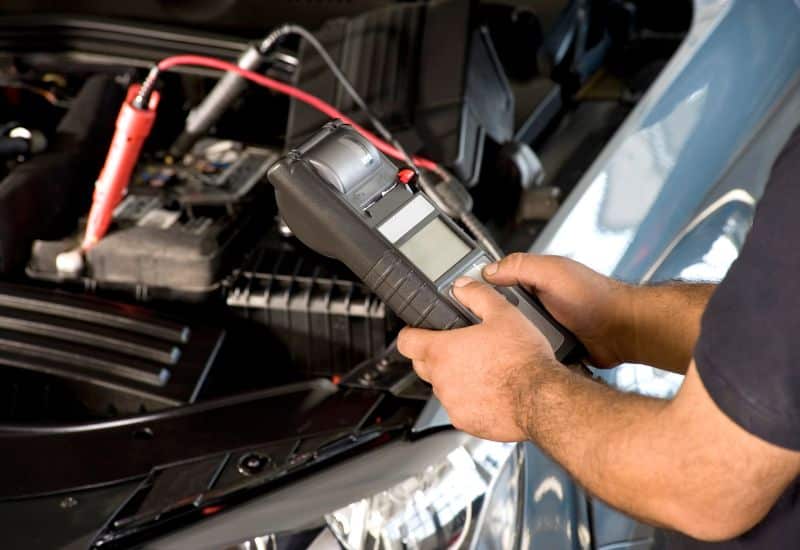
The first thing to do when diagnosing why your car is cranking for too long is to inspect the battery. Look for signs of corrosion on the terminal leads, loose wires, or a bulging battery case.
I. Testing a Suspected Bad Battery
Confirming the problem is a bad battery can be as simple as hooking it up to a multimeter or voltmeter. If you get a reading below 10 Volts when the engine is running, or below 12.5 Volts with the engine off, then the battery is at least part of the reason why your car cranks for too long before starting.
II. How to Tell If It’s a Bad Alternator
You can test for a bad alternator with a voltmeter or a multimeter set to measure voltage above 15 Volts. Then touch the terminals while the car’s engine is running. It should read 12.5 Volts. If it’s giving you a number lower than 12, then a bad alternator is at least part of the reason why your car is cranking for too long before the engine starts.
If you don’t have a voltmeter or multimeter, most auto parts stores, and car battery service centers will test them for you for free.
2. Diagnose a Clogged Fuel Filter
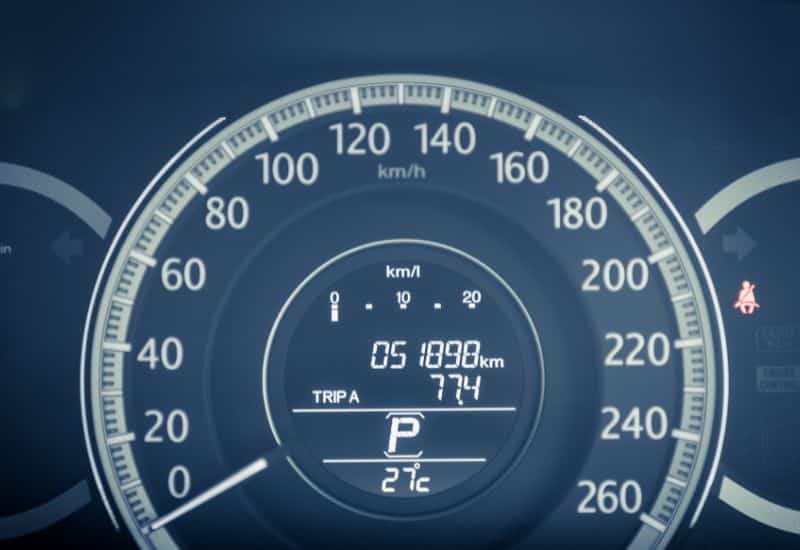
If you suspect a clogged fuel filter or the fuel pump is causing the car to crank too long, you should start by checking the maintenance records.
If it’s been more than 30,000 or 45,000 miles since you had the fuel filter replaced and you’ve been noticing signs of sluggish acceleration, long cranking times, and rough idling, chances are good that a clogged fuel filter is part of the problem.
How to Tell If It’s a Bad Fuel Pump
Signs of a bad fuel pump are nearly identical to a clogged fuel filter. Though you’ll usually be able to hear a buzzing or humming sound coming from the fuel tank. Though it could very easily be that you have a clogged fuel filter and a failing fuel pump at the same time.
4. How to Test a Bad Crankshaft Position Sensor
A bad crankshaft position sensor will also cause a hard idle even once the car is started and often leads to surprise stalls. Without correct information from the crankshaft position sensor, the ECU will struggle to adjust the timing even once the engine is running.
These issues will be even more severe when you sit for a long time at stoplights or when you accelerate hard to get up to highway speed. This can even lead to dangerous misfires, which can damage the engine and the car’s exhaust system.
The timing problems of a bad crankshaft position sensor will eventually cause the ECU to turn on the Check Engine Light. At that point, it will usually throw a code P0335 or P0340.
5. How to Tell If You Have a Faulty Throttle Position Sensor
If you have a failing throttle position sensor the car will likely start bucking and jerking when you accelerate, then suddenly surge. Especially when you’re trying to accelerate hard to get up to highway speed.
A bad throttle position sensor might also cause the engine to stall for no apparent reason. When this happens the check engine light might flash or stay on.
Once the check engine light comes on, you can hook up a code reader to confirm the problem. If it throws a code P0122 for Throttle Pedal Position Sensor/Switch (TPS) A Circuit Low Input, you’ll have found the reason why your car is cranking for too long.
6. How to Diagnose A Bad Starter Motor
A bad starter motor often starts out with increasingly long cranking times. Sometimes a bad starter will even stay on after the engine starts, which causes a very annoying grinding noise. Just beware, if you crank for longer than 10 seconds, the starter motor might overheat, and you’ll see white smoke wafting out of the engine bay.
If it’s the starter motor’s Bendix gear, you’ll get long crank times and grinding noises. If the solenoid of the starter is stuck, the starter motor won’t be able to engage the Bendix gear at all. You’ll turn the key, and nothing will happen, or you might hear a buzz or a clicking sound.
If the solenoid is stuck, you might be able to tap on the starter motor housing to get it to engage. However, a stuck starter solenoid on its own won’t cause a car to crank for too long, as it won’t crank at all.
7. How to Diagnose a Compression Problem
The early signs of an engine compression problem usually manifest as hard starting with long cranking, and backfiring when it does finally turn over. The idle will be incredibly rough, and chances are good it will misfire when you step down hard on the accelerator. These are usually signs of bent engine valves, and the car isn’t safe to drive.
If you’ve been experiencing these symptoms, you can confirm a compression problem by performing a leak-down compression test. This requires a compression tester. Though you might be able to pull a spark plug to use a small borescope to see the valves.
If the check engine light comes on due to a compression problem in one of the cylinders, it will throw a code for the cylinder itself with P0301 through P0308. This won’t confirm the compression problem, but it will tell you where to start looking for a compression problem.
8. How to Diagnose a No-Spark or Loss of Power Condition
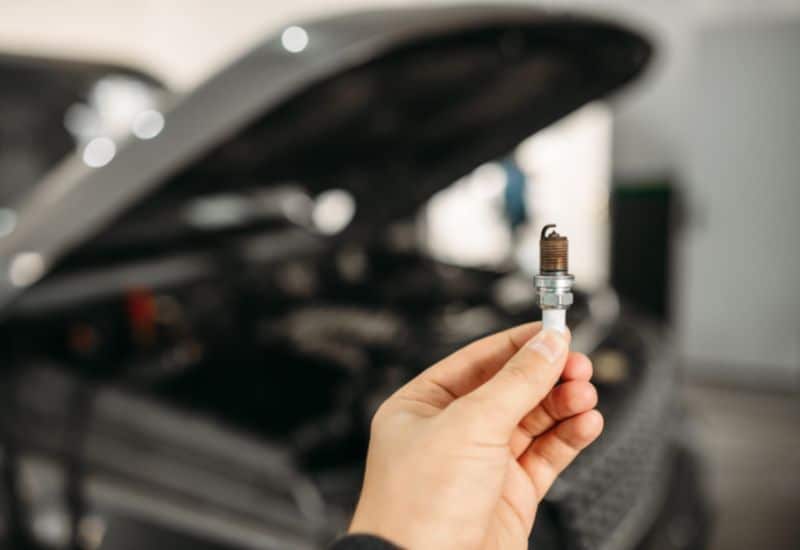
Spark plugs generally have a lifespan of 75,000 to 100,000 miles. Though copper spark plugs might only last for 30,000 to 50,000 miles. Oil leaks that let engine oil into the cylinders, fuel system problems, and overheating issues can foul the spark plugs leading to an early death.
Bad spark plugs will cause a rough idle, poor acceleration, and abysmal fuel consumption. If you go too long without fixing bad spark plugs it can even lead to dangerous engine misfires.
Most of the time these performance issues and especially the engine misfiring will cause the check engine light to flash or stay on. This will throw a code P0301 to P0308, which indicates which cylinder misfired or is having a problem. This will help you narrow down the worst culprit.
At that point, you can pull the suspected spark plug that’s causing the problem. If the tip looks black, or the plug is blistered, you know you’ll have to at least replace that spark plug.
How to Tell If It’s a Bad Spark Plug or an Ignition Coil Problem
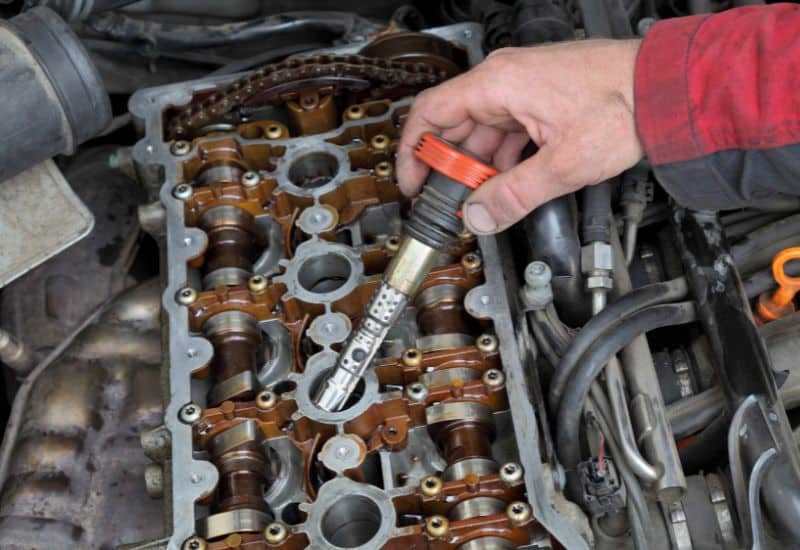
Sometimes the engine and the ECU can accidentally trick you into thinking you have a spark plug problem when it’s really a bad ignition coil. The ECU will throw the same cylinder code to help you dial in the problem. If you pull that plug and it looks good, your suspicions should immediately turn to the ignition coil.
Some cars have the ignition coil mounted on top of the spark plug. Some have an ignition coil pack that replaces an old-fashioned distributor cap. When the check engine light comes on with a P0301 to P0308 code, you can test that cylinder’s specific coil.
This can be as simple as connecting the multimeter to the negative and positive terminals of the ignition coil with it set to read ohms. A bad ignition coil that’s shorted out will give you a reading of 0 ohms. You can then compare that reading to the other ignition coils to make sure they’re still good.
How Do You Fix Lengthy Cranking or Slow-to-Start Car Engine
Once you’ve diagnosed what’s causing your car to crank for too long, you can shift your focus to a potential fix. Some of these problems, like a clogged fuel filter, you might be able to fix on your own. Some, like a compression problem, or a bad fuel pump will require a mechanic to fix.
1. Fix a Clogged Fuel Filter
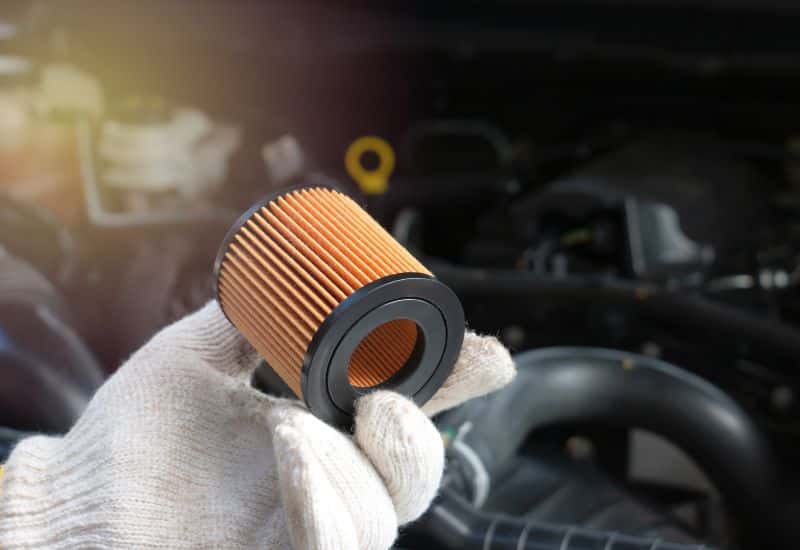
The easiest fix here is simply to have the old, clogged fuel filter replaced with a new one.
You can replace a fuel filter yourself for less than $50. Though most oil change shops can do it while changing your oil for around $75.
2. Dealing with a Bad Fuel Pump
If you replace the clogged fuel filter and you’re still experiencing symptoms of a fuel system problem, with long cranking times, along with a buzzing noise near the fuel tank, then the fuel pump likely needs to be replaced as well.
Most fuel pumps are integrated with the fuel tank and can’t be safely fixed or replaced by the average DIY mechanic. You’ll need to take the car to a mechanic to have the fuel pump replaced before it completely dies.
The cost to have a mechanic replace a bad fuel pump can range wildly from $250 to 1,000. Though the real-world average lands right around $500.
3. How to Fix Bad Spark Plugs
A reasonably handy DIY mechanic can replace their own spark plugs. Though it’s best to have a torque wrench for this.
If this is beyond your skills, there’s no shame in having a professional mechanic change your spark plugs, and diagnose your coils. If it’s been 75,000 to 100,000 miles since your last tune-up, you might want to have the mechanic perform a full tune-up with plug replacement.
The cost for a single replacement spark plug is usually between $20 to $25.
The cost to have a mechanic replace all your spark plugs and perform a full tune-up range from $300 to $700. With the real-world average being around $550.
4. How to Fix Bad Ignition Coils
If your spark diagnosis turned up a bad ignition coil or two, you’ll need to replace the coil along with its spark plug companion. This is something that a capable DIY mechanic can do, but it can easily eat up an entire Saturday afternoon. So, a lot of people will have a mechanic replace the ignition coils as well.
The concern here is that usually when one ignition coil fails, another one goes a few weeks or a month later. If you’re getting close to 75,000 to 100,000 miles, you might be able to save some labor costs by having a mechanic replace all your ignition coils at the same time.
The cost to have a mechanic replace a single ignition coil ranges from $175 to $250.
5. Replace Your Faulty Starter Motor With A New Or Rebuilt One
It’s usually best to have a bad starter motor completely replaced, rather than rebuilt. This is at the top end of skills that an accomplished DIY mechanic can do on their own.
The cost of a new starter motor ranges from $80 to $350 before installation. You can usually have a mechanic replace it for around $350 to $500, depending on the cost of the part.
6. How to Fix a Bad Crankshaft Position Sensor
The cost to have a mechanic replace a crankshaft position sensor ranges from $125 to $300. The part itself usually costs around $50 to $95 and the rest of the cost is labor fees.
7. Reprogram Or Reset Your Throttle Body Position Sensor
It might be possible for a mechanic to reset the throttle body position sensor, but this requires software and equipment that a DIY mechanic rarely has access to. In the end, the sensor usually needs to be replaced.
The cost to have a mechanic replace a bad throttle body position sensor ranges from $150 to $225.
8. Fix The Bad Battery or Alternator Problem
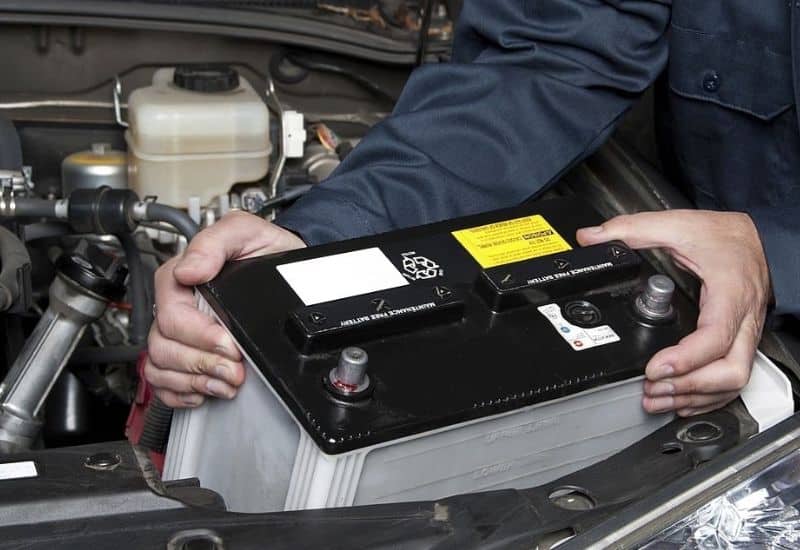
If the battery problem is just a simple case of corrosion on the terminals, you can usually clean them up yourself. You just have to disconnect the leads, then scrub the post with baking soda and water on the end of an old toothbrush.
If the battery tests as bad or is bulging, then it likely need to be replaced. The cost of a new battery will range between $85 to $200. This is usually something you can do yourself in less than an hour.
If the reason the car is taking too long to crank is due to a bad alternator failing to charge the battery sufficiently, the best option is to have it replaced, rather than rebuilt. If you’re a modestly capable DIY mechanic, you should be able to replace your own alternator for the part cost of$125 to $250.
Otherwise, the cost to have a mechanic replace a bad alternator averages around $300 to $400, depending on the part cost.
9. Fix A Bent Valve In An Engine
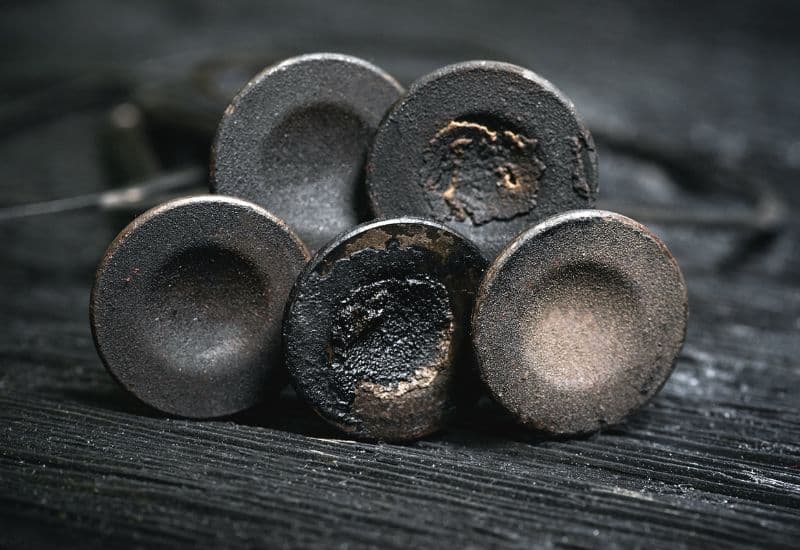
A compression problem due to bent valves needs to be handled by a professional mechanic. The average cost to repair bent engine valves can vary wildly from as little as $150 for a single valve to as much as $2,000 to replace all the valves in the car’s engine. It all comes down to the number of valves that were bent.
Though this is just the cost for the bent valve repair/replacement. Most of the time, another mechanical fault caused the bent engine valve(s) in the first place. If something like a failing oil pump, damaged timing belt, or major coolant system fault isn’t also repaired, you’ll likely suffer bent valves again in no time.
Frequently Asked Questions
Is it to crank a car for too long?
Cranking your engine for longer than 10 seconds at a time can overheat the starter motor and puts a massive drain on the battery. If you see puffs of white smoke wafting out of the engine bay, the starter makes a harsh grinding noise, or you hear a clicking sound, you should stop trying to crank the car.
Why does a car crank for longer when it’s cold outside?
In deep cold weather, the engine oil is much thicker and the oil pump struggles to deliver enough oil to the cylinders. The resulting friction makes it harder for the starter motor to get the engine to turn over, resulting in longer cranking time.
Cold weather can also affect battery performance. The battery might not be able to deliver enough cold cranking amps to get the engine to turn over, or it might have less than 75% of its maximum charge if it’s sat too long.
Will a block heater help shorten cranking time?
Some cars come with a block heater or you can have one installed. This lets you plug the car into a 110 AC outlet in during cold or inclement weather. It keeps the block, the oil, the coolant, and other fluids warm and viscous. When you go to start it, the engine friction is minimal, and the entire engine performs better firing up without long cranking time. Though this will do nothing to affect the charge level of the battery.
Conclusion
There are a lot of things that can cause your car to crank for too long before starting. The most common are a clogged fuel filter, or bad fuel pump, a bad Bendix gear on a starter motor, and battery problems. Though there are also a lot of sensors that affect engine performance, which can also cause the car to crank for too long before starting.
Diagnosing why your car is cranking too long starts with noticing the other symptoms that the car is showing. If it’s idling hard and has been having performance issues, then the problem is more likely to be with the fuel system or the spark plugs.
If you notice signs of a weak battery, like weak lights and headlights, and/or corrosion on the battery terminals, then you should focus your early diagnosing attempts on the battery and the alternator.
An auto parts store or battery service center will usually test these for free. If the car cranks for a long time and starts but is misfiring or the check engine light comes on, the smart thing to do is to park it until you can figure out what the problem is. Driving a car in this state is likely to do more harm than good.

Written By
Jason Farrell
Jason Farrell is a certified master technician, the editor of Mechanic’s Diary in Pittsburgh, Pennsylvania. He is ASE (Automotive Service Excellence) certified and earned a Bachelor’s Degree in Automotive Technology from Pittsburg State University. With nearly 18 prior years of experience in the automotive field, he has extensive knowledge about Domestic, European, and other foreign makes and models of cars and light trucks. Jason’s experience working as a technician and service manager at dealerships, gave him the experience and know-how of most aspects of inspection, diagnosis, and repair from engine and drivability to electrical, HVAC, brakes, steering and suspension and everything in between.

